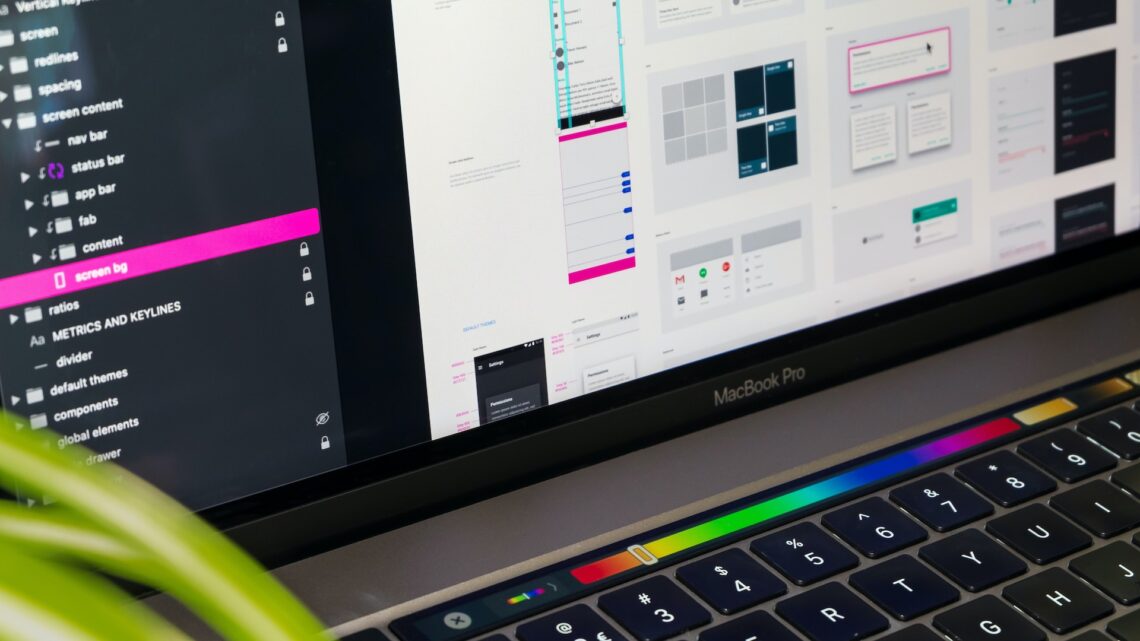UX research as a way to understand your target audience
The right interface plays a vital role in increasing conversions, and its design must take into account both technical features and user needs. The tool for gathering the right data is UX research, which studies the behaviour of the target audience and the purpose of using the site or application.
UX analyses of a new and already working product differ in their essence. In the first case, beta testing is conducted, which allows you to find errors and correct them before launching into release. UX research for a product already in use helps to understand how much the introduction of new functionality can improve the user experience.
Benefits of UX research:
– identifying user needs and behaviours;
– providing the opportunity to create more attractive and valuable products for users, thereby increasing the level of engagement;
– defining product weaknesses and addressing them can increase loyalty and improve overall brand perception;
– increasing the life expectancy of a website or application, timely elimination of factors that negatively affect the performance of the resource;
– understanding the behaviour of the target audience and their needs provides a competitive advantage over other companies;
– it helps to understand the effectiveness of the resource to track essential characteristics of the business.
UX research provides a broad database for improving not only the product but also the approach to communicating with consumers in general. Thanks to the analysis, it is possible to find new ideas for the launch of applications and to modify existing ones.
UX research methods
There are about 20 ways to analyse UX, all categorised according to specific characteristics. For example, there are qualitative and quantitative methods, generative and evaluative, etc. The most common is field research. In this case, the analysis takes place directly in the environment in which the product will be in use. For example, application testing takes place on the road or at home.
Another option is focus groups with a small number of participants. This method involves interviewing people after they have used the product. This gives the developers information about the comfort of interacting with the resource or application and possible problems with navigation or design.
Diary study – the user shares their impressions of the product through verbal or written feedback.
Usability testing aims to determine the convenience of interacting with the product. This takes place through a series of tests on a small group of people. They have to perform different tasks to identify possible errors and malfunctions.
Specialists often use A/B testing. The process divides users into two groups. Each user receives a different version of the product, which may differ in functionality or design. This allows you to understand which version of the website or application the target audience prefers.
The choice of UX research method depends on the company’s objectives, budget and product characteristics. It is also important to consider the specifics of the chosen market niche and the target audience’s preferences. Different studies give different results, but each helps make the product more valuable and user-friendly.










